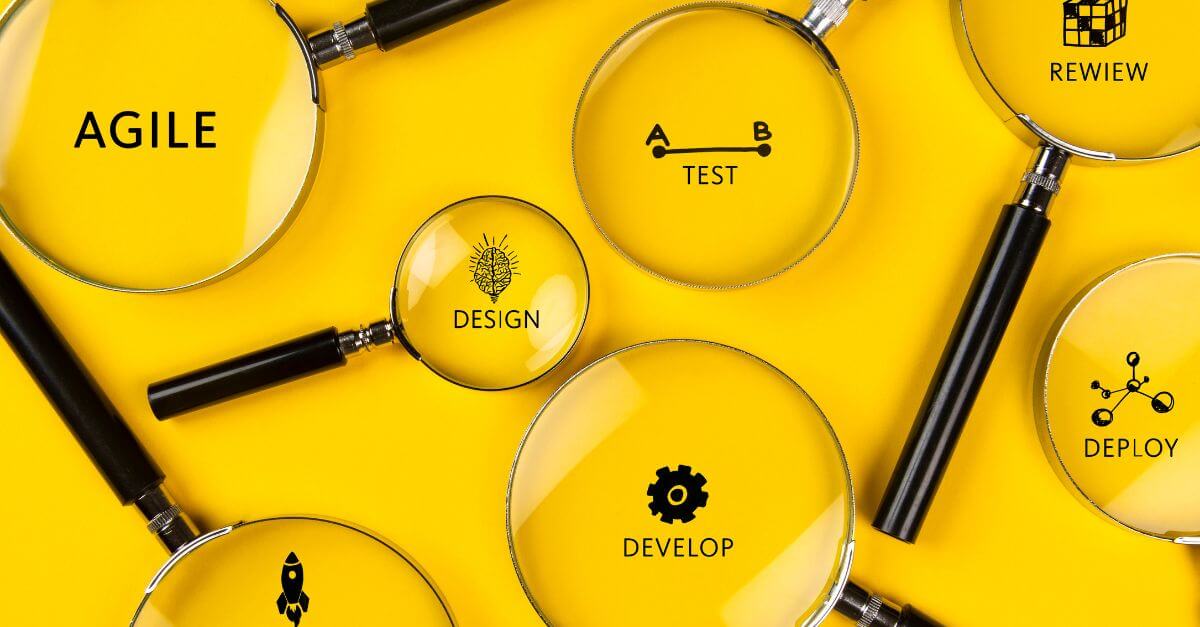Shu-ha-ri, or Agile maturity

As you know, Agile is a methodology that provides frameworks for a rapid adaptation and improvement of the collaboration of all team members involved in the development of a project, product or initiative. You can read the following post where we indicate the keys to its application in software development. But how to implement it? Is there an Agile maturity, as they can exist in other practices? Next, we explain how to do it following an ancient oriental technique.
Definition Shu-ha-ri
“Learning the rules is simple. Adapt them, natural. Breaking them, a sign of maturity. Innovation, excellence”.
Shu-ha-ri is a concept typical of Japanese martial arts that is used to describe the successive stages of learning until mastery. Apparently, its origin is in aikido, although some place it as older. The term is composed of the union of three words, each describing a stage of this path to perfection, namely:
- Shu, means to protect or obey
- Ha, detachment or detachment
- Ri , to liberate, to leave or to transcend
Let us at this point quote the aikido master Seishirō Endō:
“It is known that, when we learn or train in something, we pass through the stages of shu, ha, and ri. In shu, we repeat the forms and discipline ourselves so that our bodies absorb the forms that our ancestors created. We remain faithful to these forms without deviation. Then, in the ha stage, once we have disciplined ourselves to acquire the forms and movements, we make innovations. In this process the shapes can be broken and discarded. Finally, in ri, we completely rid ourselves of forms, open the door to creative technique, and come to a place where we act according to what our heart/mind desires, without limits beyond laws.”
Agile Maturity
Already in our field, in recent years, this concept has been borrowed to apply it to software development in general and agile team management in particular (actually, it can be applied to almost any field) and its maturity. For more than a decade now, from pasiona we have formed self-organized teams through the different Agile frameworks (Scrum, Kanban …), we teach them the rules and how to apply them on a day-to-day basis. While this is the starting point, we know that it is not enough and we often ask ourselves: what now? Let’s see how shu-ha-ri shows us what could be a very good way to apply methodologies in a work team and scope of its Agile maturity.
The Shu, or first phase of learning, is the simplest. In it we teach a classic Scrum, for example. We explain the rules, train the teams, define the roles and teach good practices. And so it should be, because laying a good foundation is the key to any learning, and with agility it was not going to be less. Because it’s also an apprenticeship, right?
But in this phase we follow the steps of a technique more or less to the letter. This phase is necessary, essential, but clearly insufficient. There is really no deep understanding, only an understanding. In martial arts, this state could be all belts, from white before reaching black. Agile maturity does not lie in whether we do all the events to the letter or nail the sprints… Agile maturity is achieved when we transform our way of BEING, of observing ourselves as a team and organization. In the Shu phase only the action, the DO, is worked.

The second phase, that of Ha or detachment, is much more interesting. Many teams face this level naturally, but many others fall by the wayside. Fear, insecurity? Scrumdamentalism? Who knows. In any case, in this state, people and team master the methodology, understand it, and decide to go further. This is because this technique does not fully satisfy them, they see that they can do this or that in another way, or they have become frustrated (even angry) because Scrum, what they were promised would make them work better, has not met their expectations (mental note: never say that to your teams, but it’s the same, There are those who will also have that expectation).
This is a natural and necessary step. You adjust or break directly the established rules with the aim of improving, of finding solutions to your problems. After all, the point of any procedure should be to prove it… and, if something doesn’t work for you, adjust it. But we are still tied to technique. Following the simile, in martial arts here we would have the black belt … You are already a master, you have the knowledge… and a whole world ahead. Here you adapt, you play, you try this or that, you have everything there is to have.
Third phase, Ri. It is time to transcend, to reach true mastery. Not having enough to understand and then adjust and break, we go a step further and free ourselves from the technique. Better: we create our own technique, we innovate. We could not have arrived here without going through all of the above, and all of the above makes sense of the current point. It is because of our entire journey that we are able to fly on our own and transcend. And here is a warning: any attempt to reach this level without having gone through the previous ones will be a guaranteed failure, since the ability to innovate, and to do it well, is only facilitated by experience and learning.
It is common that, after reaching the third phase, teams continuously review their new techniques as a result of the innovations applied. Returning to the previous phase until reaching the Ri phase again, being a totally iterative process. Does this and its similarity to a sprint ring bell? As you can see, maturity in Agile, as in life in general, never ends.
Of course, few reach this level. In our field… and also in aikido. But we believe that it must be our firm objective, however distant it may be on the horizon. To the point of innovating, of creating new solutions based on the knowledge acquired. At that point, already bordering on excellence, the student has learned everything from the master, has abandoned him, has created his own martial art and teaches it to other students. To this we aspire, humbly, as companions in the Agile implementation. We teach the teams everything we know after long years of learning, we accompany them in the process. But invariably the road leads them to fly alone… From our point of view, this is really Agile maturity.
Do you want to achieve Agile maturity in your business? Contact us and we will offer you an Agile consultancy at no cost to help you with the transformation of your company.
Agile consulting, Agile maturity, Kanban, Scrum
Go back


